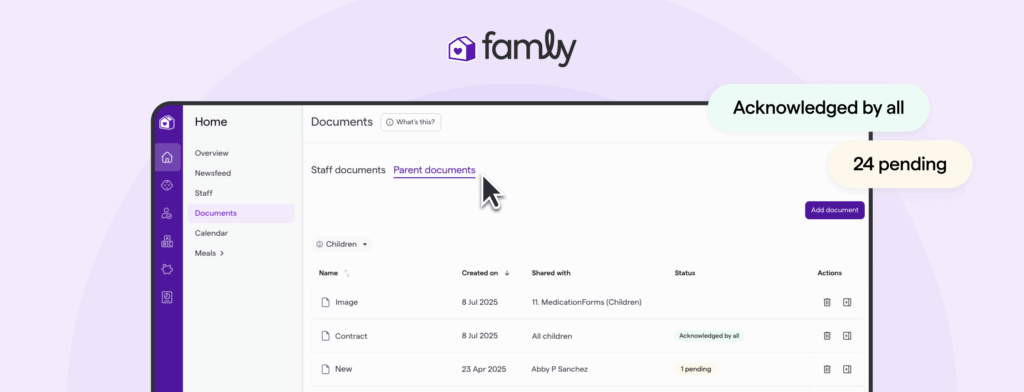As a shiny new apprentice, I had no idea there needed to be such a thing as a “Missing child policy”.
I spent my induction being confronted with whistle-blowing policies, safety on outings policies, policies for if a child makes a safeguarding disclosure, a procedure for this, and a policy for that. Truthfully, I started to wonder just how many terrifying events could occur in one nursery.
My manager at the time must have misread my expression, as she eyed me over the enormous Policies and Procedures folder and said, “It looks a lot, but I promise it won’t take you long to read.”
“To read?” I thought, “Reading’s the easy part! I’m more worried about why we need policies for all this! How often are children around here going missing?!”
Of course, I soon learned that the “Ps and Ps” were there to guide and advise us. We need to know how to prevent accidents and incidents, what the plan is if something goes wrong, and what we can expect from everyone else. Some are referred to daily, like hygiene policies, and some you hope never to have to need.
But how on earth do you convey all that to your parents and carers?
No more giant “Policies” folder
Of course, parents need to know the key policies and procedures at your setting too – but you can present them in a less intimidating way. Most parents already have some nerves about leaving their precious baby for the first time, so reading them the enormous book of “Everything that can go wrong” mightn’t be the most comforting way to let them know you’ve got it covered.
Fear aside, expecting parents to read and digest pages and pages of your procedures simply isn’t a great experience. It’s boring, it takes time and concentration, and trying to take in all that information likely means that key points will be missed.
In short, parents need to know that you have the right systems in place to keep their child happy and safe, without taking them through the details of absolutely every single one.
The key information, clearly explained
Choose the most relevant policies for parents and carers and start there. Take the time to explain:
- How these procedures keep everyone safe
- How they work in practice
- What they mean for them and their child
- Where they can access these policies for reference
You should also consider how accessible your policies are. Think about:
- Whether you need to get some of your key policies translated into a family’s home language
- Whether you could record an audio version for families for whom reading might be a challenge
- How much explanation your policies require – if you have policies that parents and carers need to adhere to it as well, such as an attendance policy, you should take the time to ensure they completely understand how to play their part.
Some settings keep key policies and procedures for parents and carers to refer back to in a reception area or attached to a bulletin board.
But now, there’s an even better way.
A digital document library for parents and carers
Coming soon in Famly, you’ll be able to upload, store, and share key documents straight from a child’s profile or the new ‘Parent documents’ section. Parents can view your policies and procedures at any time, without even having to be in the setting. No more having to print pages and pages of bulky policy documents (and then re-print every time you update them).
But it’s not just for your existing “Ps and Ps”. Important updates, like fee increases, can be added to this part of the platform too. Famly allows you to see which families have viewed and acknowledged essential communication, so you can rest easy knowing everyone has the information they need.
And don’t forget, as an Alliance member, you can get up to 20% off your first year with Famly, 10% off the second year, and 5% off the third year. Find out more here.

